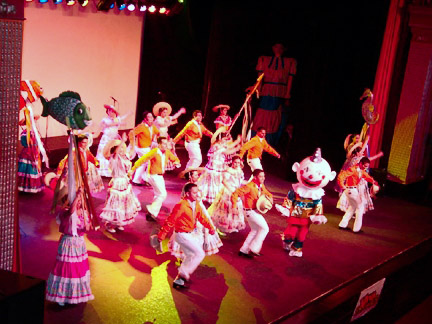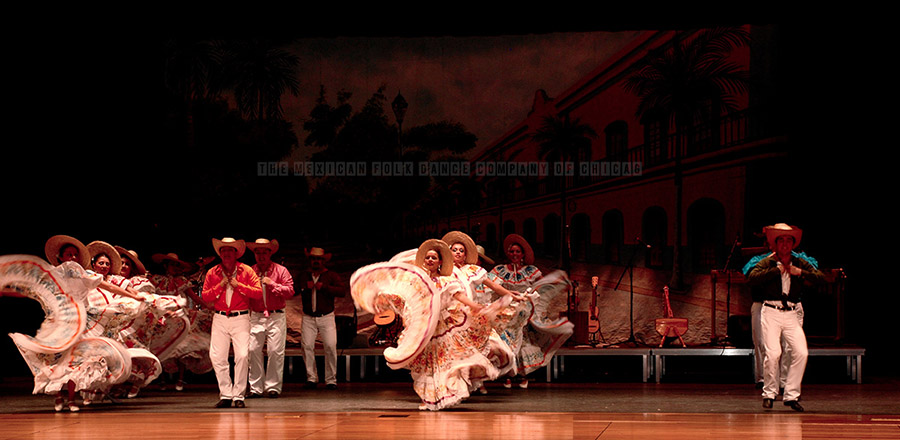Sinaloa is a very prosperous modern state and the cradle of some of Mexico's most venerated performers such as Lola Beltrán and Pedro Infante. However, aside from a few indigenous and mestizo interpretations, the state did not have a formal regional dance form until the early 1970's. The efforts of local choreographers and the findings of some impromptu research resulted in the staging of what became Mexico's "banda" style in the 1990's.
The music — loud, violent, and explosive — was itself a very recent inspiration of composer Luis Pérez Meza and Don Cruz Lizárraga who founded the famous "Banda Sinaloense del Recodo".




